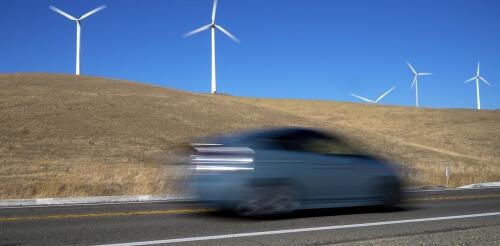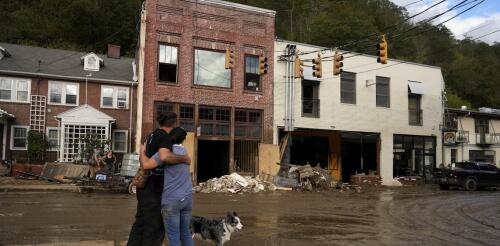Tennessee
Panasonic’s new US$4 billion battery factory in De Soto, Kansas, is designed to be a model of sustainability – it’s an all-electric factory with no need for a smokestack. When finished, it will cover the size of 48 football fields, employ 4,000 people and produce enough advanced batteries to supply half a million electric cars per year. But there’s a catch, and it’s a big one. While the factory will run on wind and solar power much of the time, renewables supplied only 34% of the local utility Evergy’s electricity in 2023. In much of the U.S., fossil fuels still play a key role in meeting power demand. In fact, Evergy has asked permission to extend the life of an old coal-fired power plant to meet growing demand, including from the battery factory. With my students at Wellesley College, I’ve been tracking the boom in investments in clean energy manufacturing and how those projects – including battery, solar panel and wind turbine...
Central Appalachia is home to the third-largest concentration of forest carbon offsets traded on the California carbon market. But while these projects bring new investments to Appalachia, most people in Appalachia are not benefiting. The effect of this new economic activity is evident in the Clearfork Valley, a forested region of steep hills and meandering creeks on the Kentucky-Tennessee border. Rural communities here once relied on coal mining jobs. As the mines shut down, with the last closing in 2022, the valley was left with thousands of acres of forests and strip-mined land but fewer ways to make a good living. Today, corporate landowners and investment funds have placed most of that forest land into carbon offset projects – valuing the trees for their ability to absorb carbon dioxide emissions to help protect the climate. These carbon offset projects can be lucrative for the landowner, with proceeds that can run into the millions of dollars. Companies subject...
Some hurricanes are remembered for their wind damage or rainfall. Others for their coastal flooding. Hurricane Helene was a stew of all of that and more. Its near-record-breaking size, storm surge, winds and rainfall together turned Helene into an almost unimaginable disaster that stretched more than 500 miles inland from the Florida coast. At least 230 people died across Florida, Georgia, South Carolina, North Carolina, Tennessee and Virginia as Helene flooded towns, destroyed roads and bridges and swept away homes. In Florida, Helene’s storm surge caused damage along hundreds of miles of coast. As residents there cleaned up debris, another dangerous hurricane was headed their way. Some of the same areas hit hard by Helene on Sept. 26, 2024 – including Tampa Bay and Cedar Key – were forecast to see more flooding and an even higher storm surge in Tampa Bay from Hurricane Milton, expected to make landfall as early as Oct. 9. The majority of Helene’s vic...


